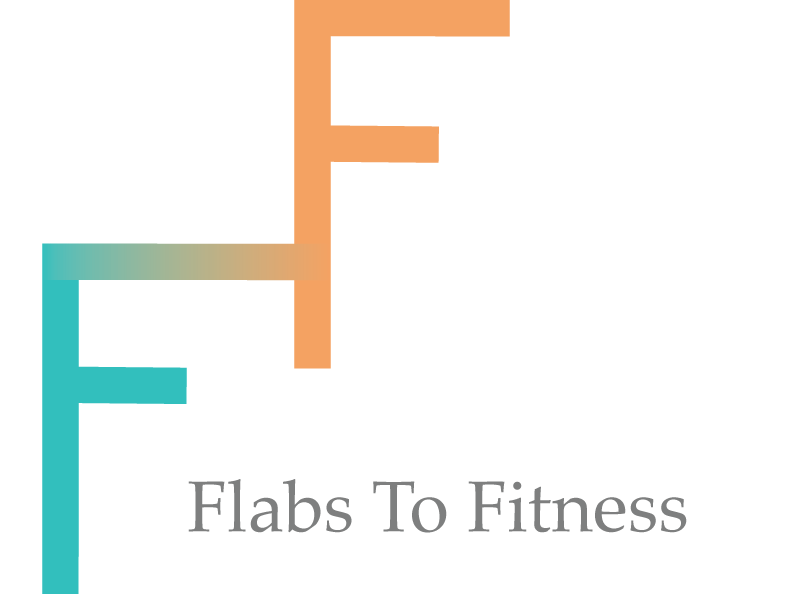5 Common Fitness Related Foot Injuries
/By: Joe Fleming from Vive Health
Injury, whether due to a combination of overuse and poor mechanics or a trauma, is an almost inevitable consequence of a fitness routine.
If not properly treated, these injuries usually become serious or chronic conditions that can derail even the most well-thought-out plan.
But properly treated, it is usually rather easy to overcome these injuries. That experience can be a very empowering one. Since you made it over one hurdle, you can also make it over future ones that crop up.
Let's take a look at the most common foot injuries you may have to face over a fitness career.
Top 5 Common Fitness-related Foot Injuries
1. Toe Hyperextension
Turf toe is very common among football players who play on artificial turf because it’s not unusual for the shoe to adhere to the surface just a moment or two too long when the athlete runs. The foot keeps moving, spraining the ligaments attached to the big toe.
In the fitness context, turf toe is usually a repetitive stress injury. If the athlete does not step or jump properly, the extra stress on the toe ligaments eventually causes a sprain.
Turf toe is very painful but not very serious. The best treatment approach is probably the RICE method, which is:
Rest the injured area by staying off the toe as much as possible. Especially in the early recovery stages, use a cane or crutches to get around.
Apply ice for about twenty minutes at a time three or four times a day. After the first few days when the inflammation naturally starts to go down, there’s probably no need to ice quite as frequently.
Compress the area to reduce swelling and non-surgically fuse the ligaments. KT Tape or an Ace bandage will probably do, but a specially-designed foot or toe compression wrap is better.
Elevate the injured area above the heart, but don’t elevate it too long. Such a position ultimately reduces blood flow, and that may actually retard injury recovery instead of hastening it.
As with all other fitness foot injuries, consider adding a supportive insole. The insole takes pressure off the muscles and provides additional support. These insoles are particularly effective with regard to. . .
2. Plantar Fasciitis
The fascia is the thick band of tissue on the bottom of the foot.
If it becomes inflamed, nerves will send a pain signal to the brain so the discomfort is often almost debilitating, especially early in the morning.
Somewhat like turf toe, plantar fasciitis is usually an overuse/mechanical injury. Sometimes it can be a trauma injury if the patient has independent risk factors, such as obesity. One bad step in this case can inflame the nerves.
In addition to the insole and the RICE method, stretch your Achilles tendon regularly. For mechanical/overuse plantar fasciitis, add calf stretches to this routine.
Problems in one area often begin in other parts of the body, and this condition is often no exception.
3. Sesamoiditis
This condition affects the big toe as well, but instead of the ligaments, the issue is inflammation in the small sesamoid bones located in this area.
Rather than experiencing pain where the big toe meets the foot, the discomfort is usually localized in the ball of the foot. The RICE method is usually effective if the "Rest" portion is heavily emphasized. Insoles are very important here because poorly-cushioned shoes are one of the leading causes of sesamoiditis.
4. Stress Fractures
These hairline fractures normally occur due to overuse coupled with a poor footfall pattern. Other times, a sudden uptick in activity creates too much stress on the bone and causes a fracture.
Poorly cushioned shoes obviously increase stress on the foot bones, so change those insoles regularly. Most stress fractures heal on their own after some rest, but in some cases, surgical correction or an immobilizing boot may be necessary.
5. Subungual Hematoma
Black toe is a nasty little injury. It’s very common for runners, soccer players, hikers, and anyone else who either strikes a ball with a toe or repeatedly bangs their toes against their shoes. In all these cases, blood accumulates under the nail, triggering intense pain.
Sometimes a doctor can drain the toe to relieve the discomfort, but typically, patients just have to wait until the nail falls off. An insole stabilizes the toes during activity so they do not hit the shoe as often, so prevention may be the best cure.
In the case of soccer players - prevention could look like simply working hard at hitting the ball properly and not with the front of the toe. Being careful in all activities to save the toe some trauma whenever possible is the best way to prevent this condition.
The final word on fitness-related foot injuries
You're going to get hurt playing sports or having a fitness routine. But knowing what each condition is, and knowing how common they are, is a great way to prevent them. It may also give you some peace of mind that they're not as serious as they may feel. ;)
If properly handled, these foot fitness injuries should not slow you down too much.





